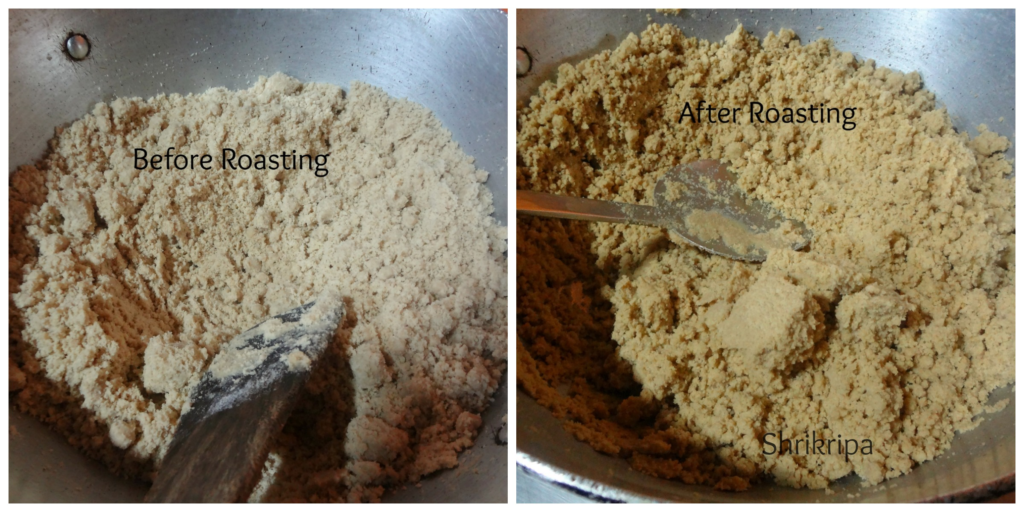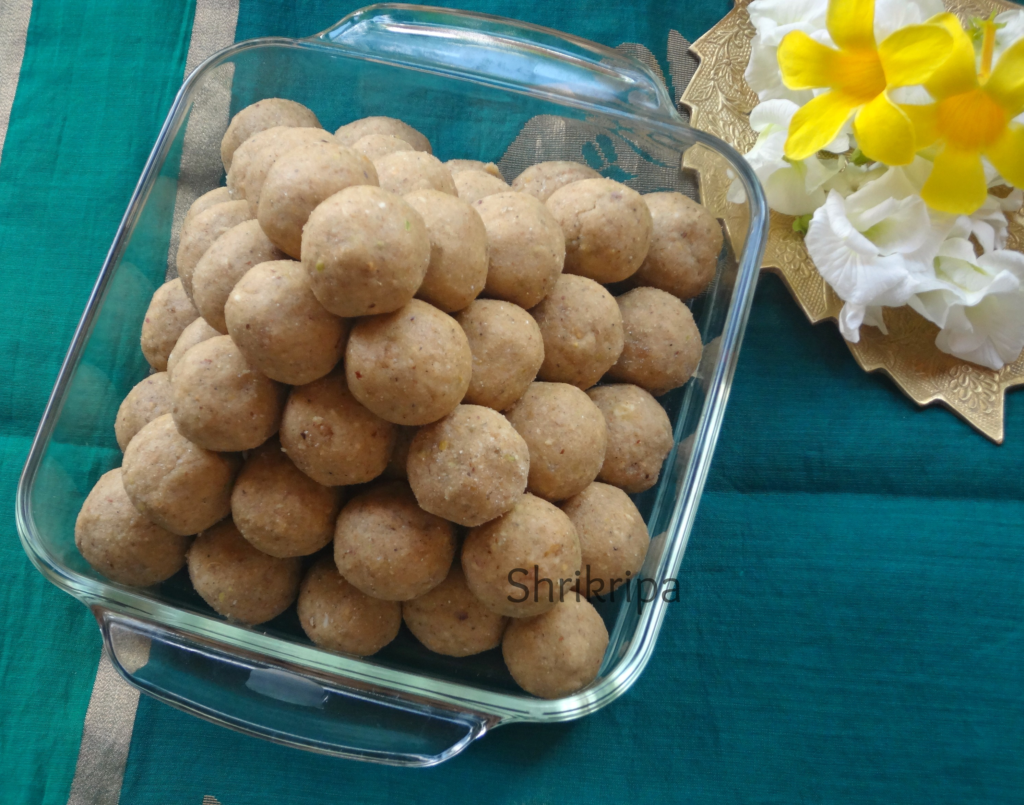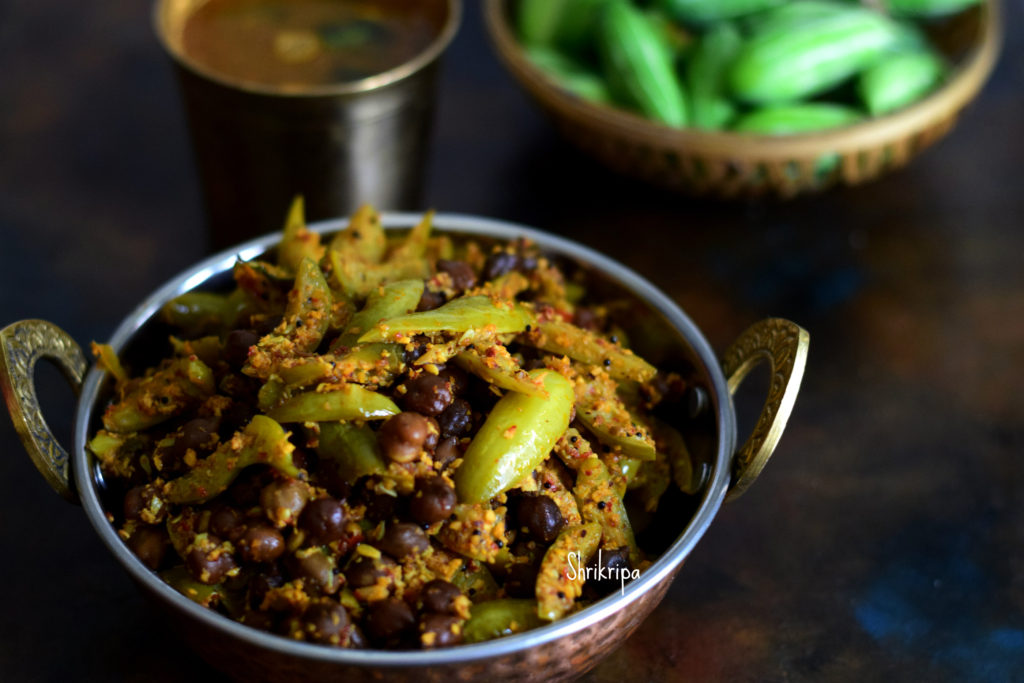Dudle huli is a big lemon and is known as Citrus medica. Citrus medica is much bigger than normal lemon with thick outer rind and less sour and sweeter than normal lemon, excellent for thin Rasam, juice, pickles or Chithranna. Last week I have already posted Chithranna recipe by using this lemon. When I got hold of so many huge lemons, I did try to make this much-loved pickle of Dudle huli. Due to its thick skin, it tastes divine with curd rice and this pickle can be relished within one week after its preparation. I never tried its pickle due to unavailability, hence asked my sister in law who is an expert in preparing this pickle. All thanks to her for this wonderful recipe.
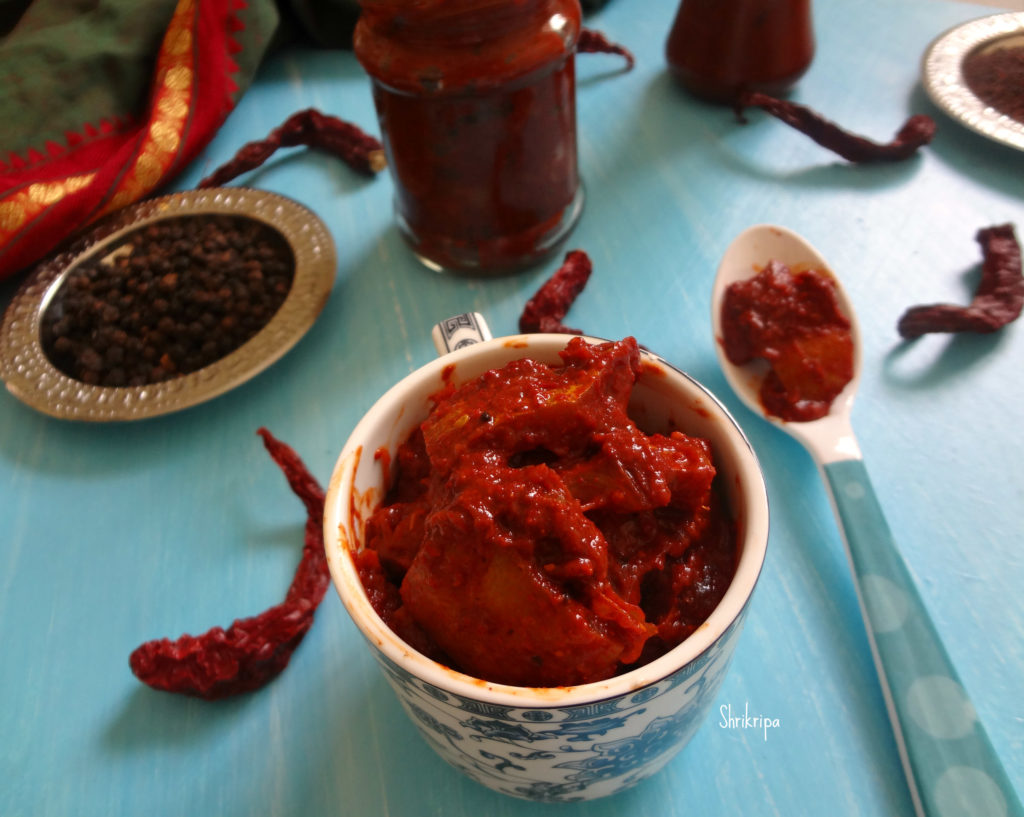
Ingredients:
Big lemon / Dudle huli – 3 to 4
Salt
Dried red chillies – 100 grams
Black pepper – 1tea spoon
Fenugreek seeds – ½ tea spoon
Cumin – 1 tea spoon
Mustard – 3 tea spoons
White Sesame seeds – 1 tea spoon
Turmeric powder – 1 tea spoon
Seasoning:
Sesame oil – 1 table spoon
Mustard – 1 tea spoon
Hing – ¼ tea spoon
Curry leaves – 2 springs
Method:
-Chop lemon into bite size pieces, after washing and wiping it dry.
-Take one tawa, do seasoning part, by heating sesame or any vegetable oil, splutter mustard seeds, add hing and curry leaves, fry until curry leaves wilts.
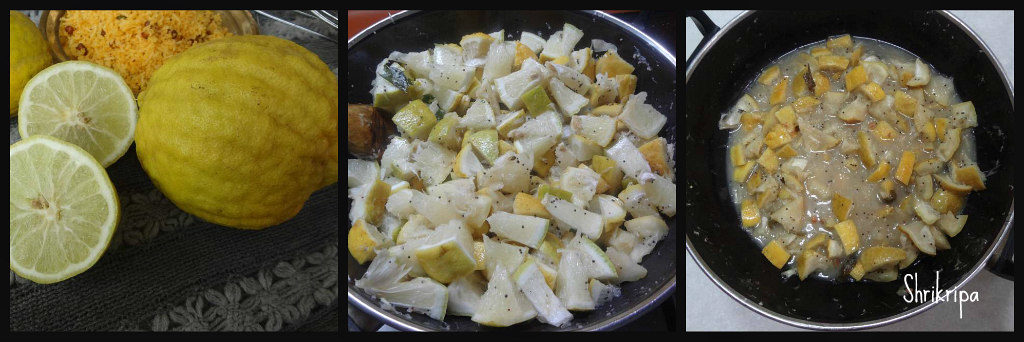
-Next add chopped lemon and toss for a while and add 1 cup of salt and mix until water oozes out.
– Switch off the gas and leave this mixture to cool down to room temperature.
– In the meantime, prepare pickle masala.
-Take one thick bottomed kadai, dry roast fenugreek until it reaches dark, not burnt.
-Next proceed with sesame, mustard, cumin, black pepper one by one separately.
-Now take 1 teaspoon of oil and fry red chillies until crisp. Lastly add turmeric and fry after switching off the gas.

-Cool this fried and roasted items and make powder by using dry mixer jar.
– Spread this powder on a plain paper, cool and mix with seasoned and cooled lemon mixture.
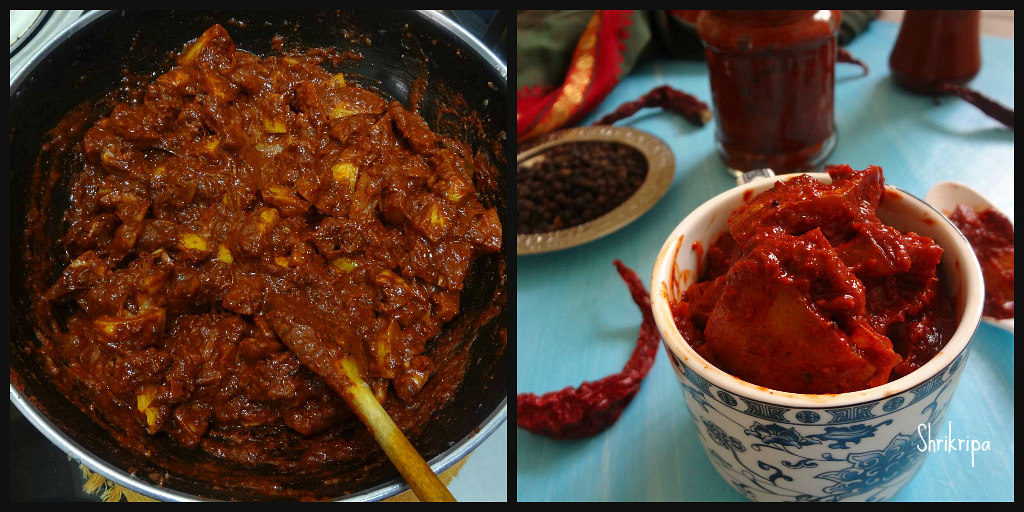
-Mix everything nicely, check for a salt, if needed add more. store it in a dry glass jar.
-Once in two days, mix this pickle by using dry spoon until it sets.
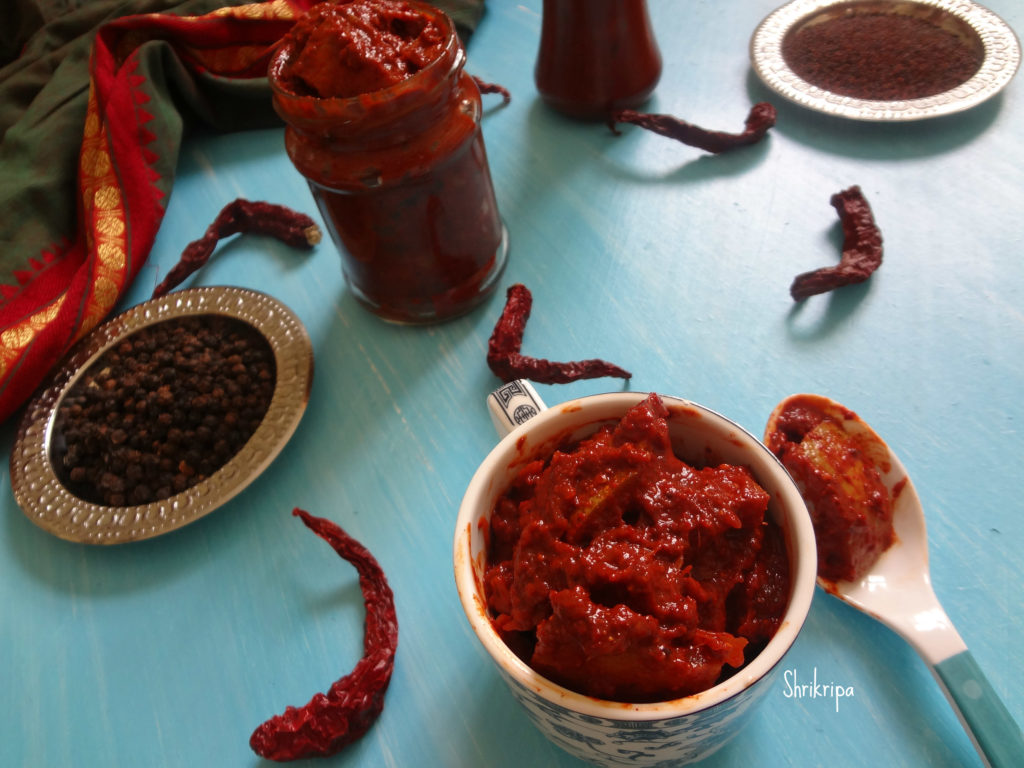
-After one week, you can start enjoying this fresh pickle and store this in a fridge for longer shelf life.

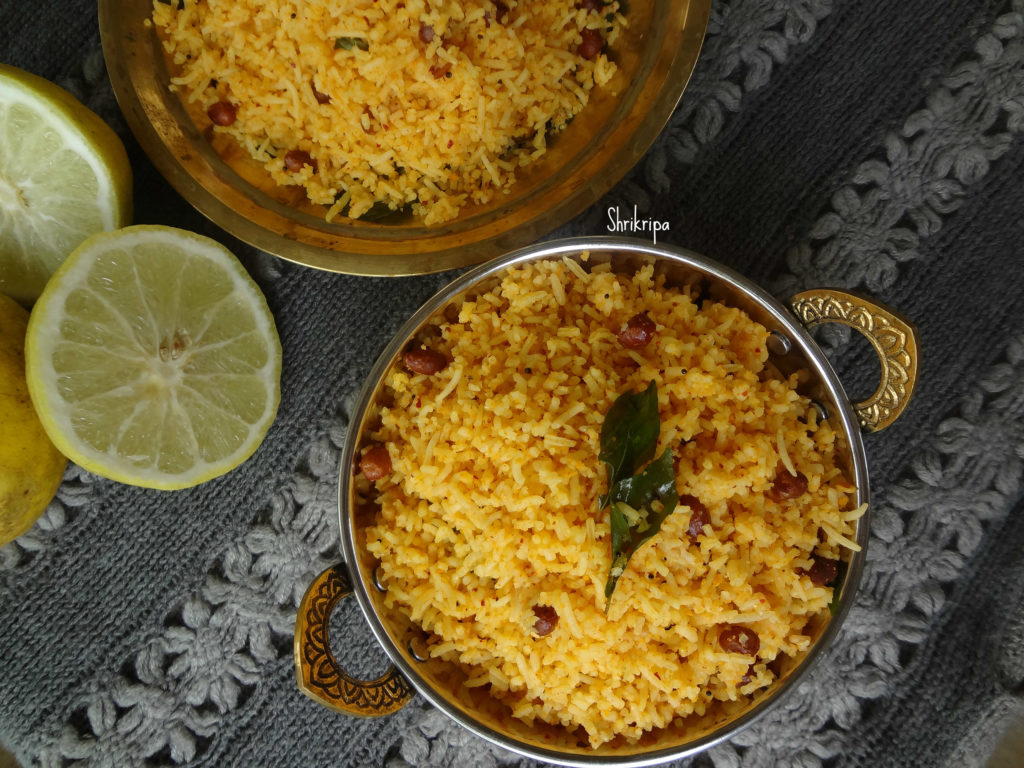
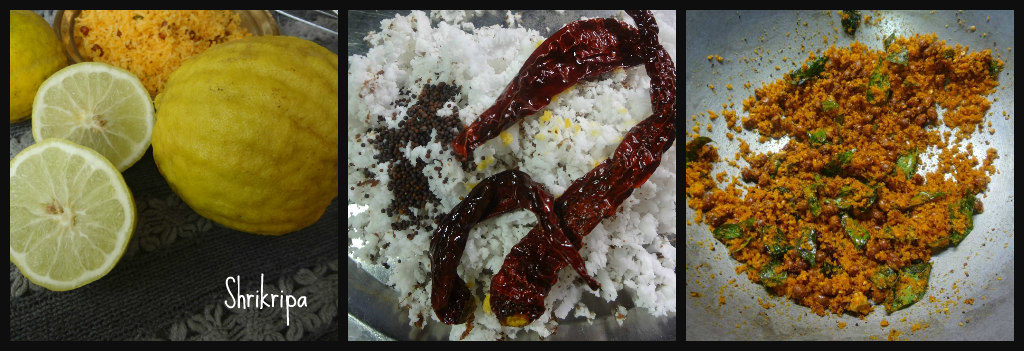
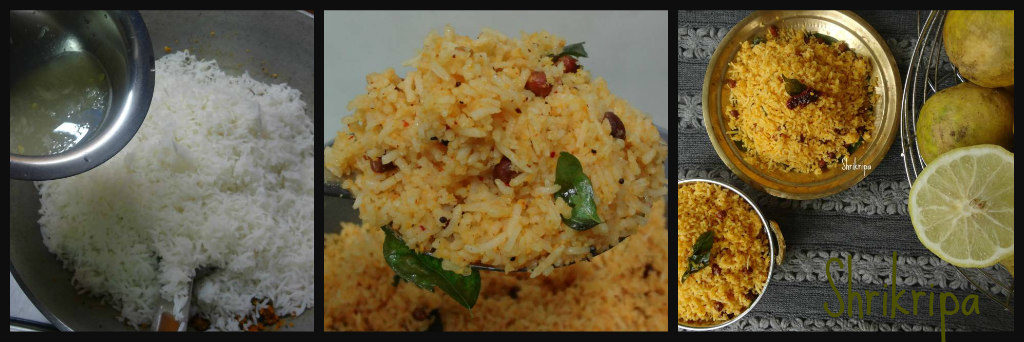
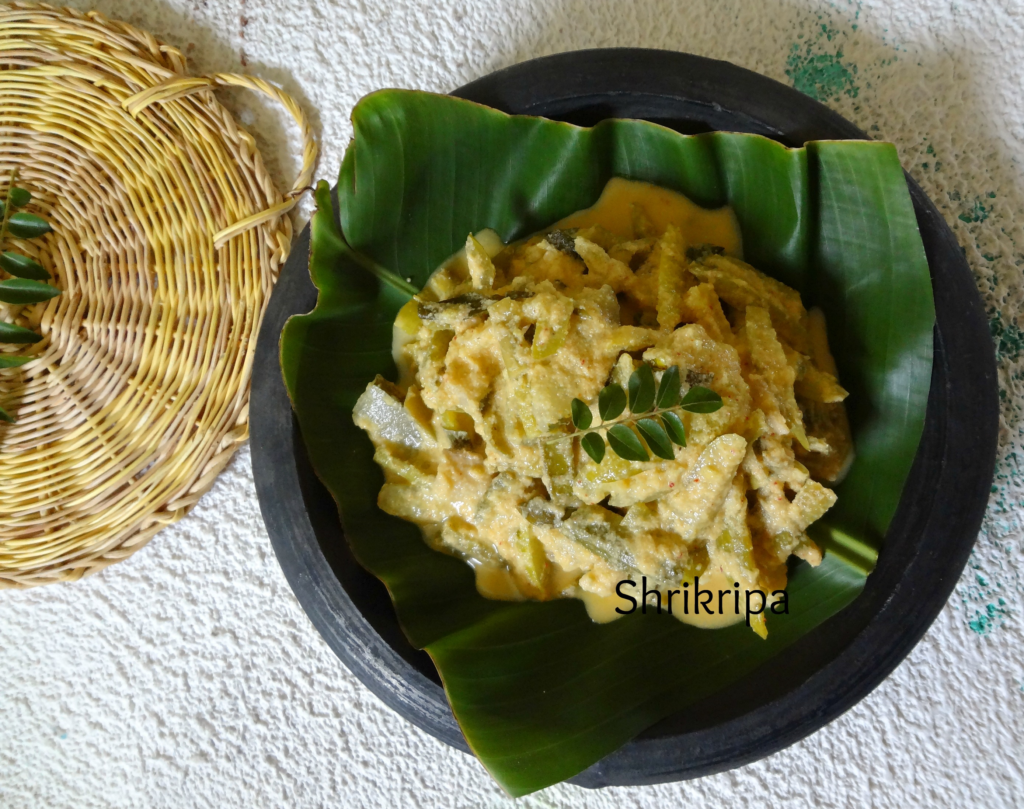



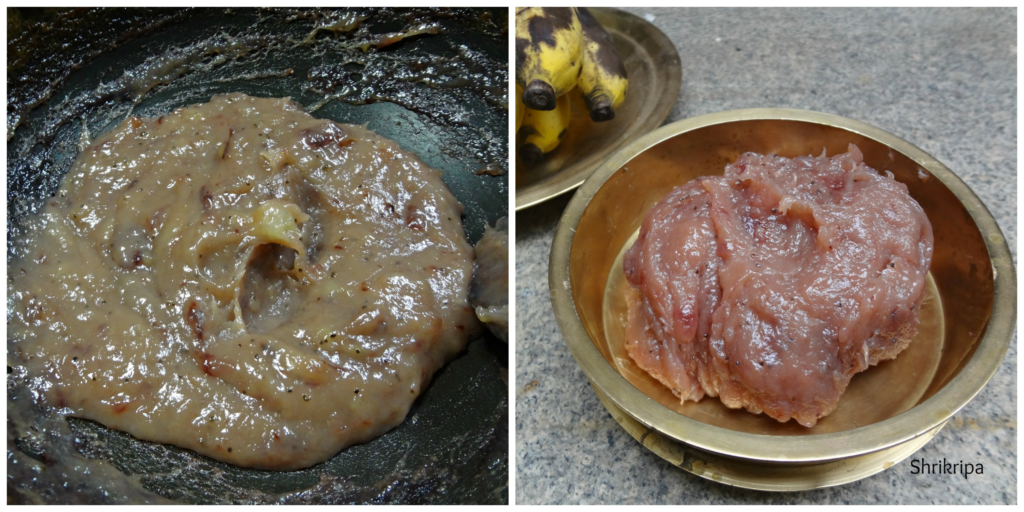
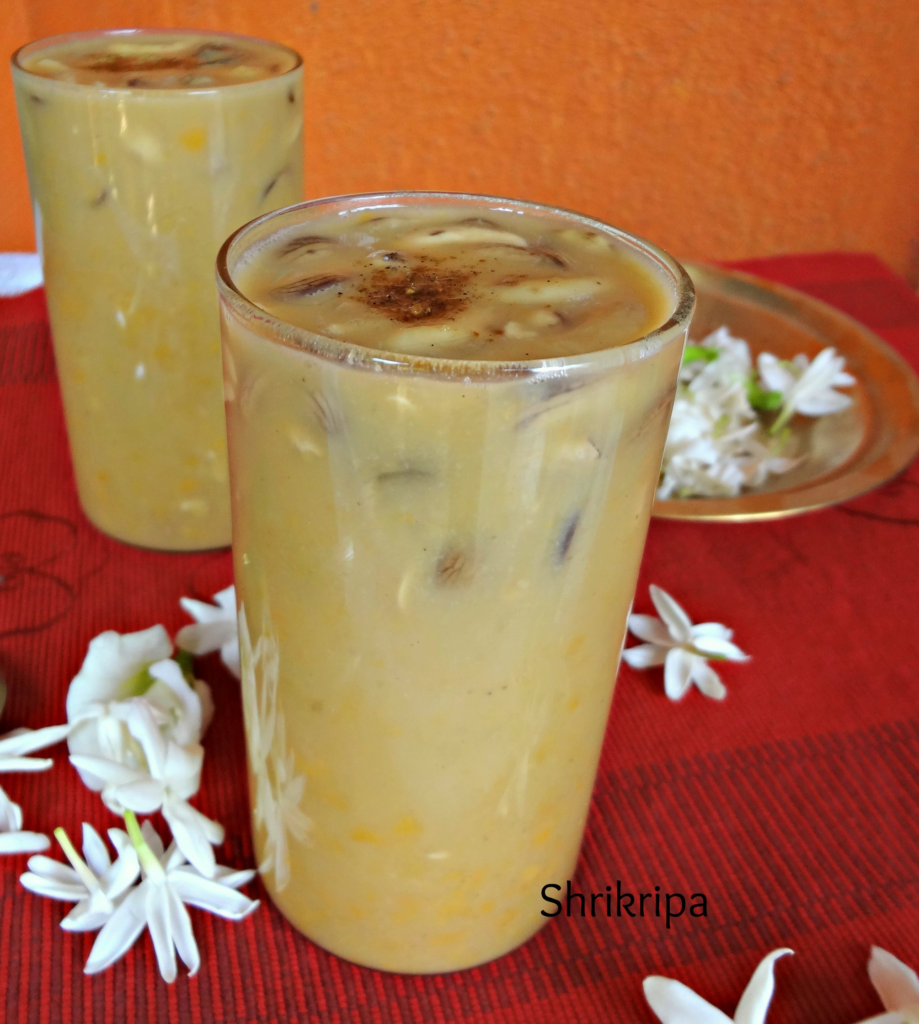
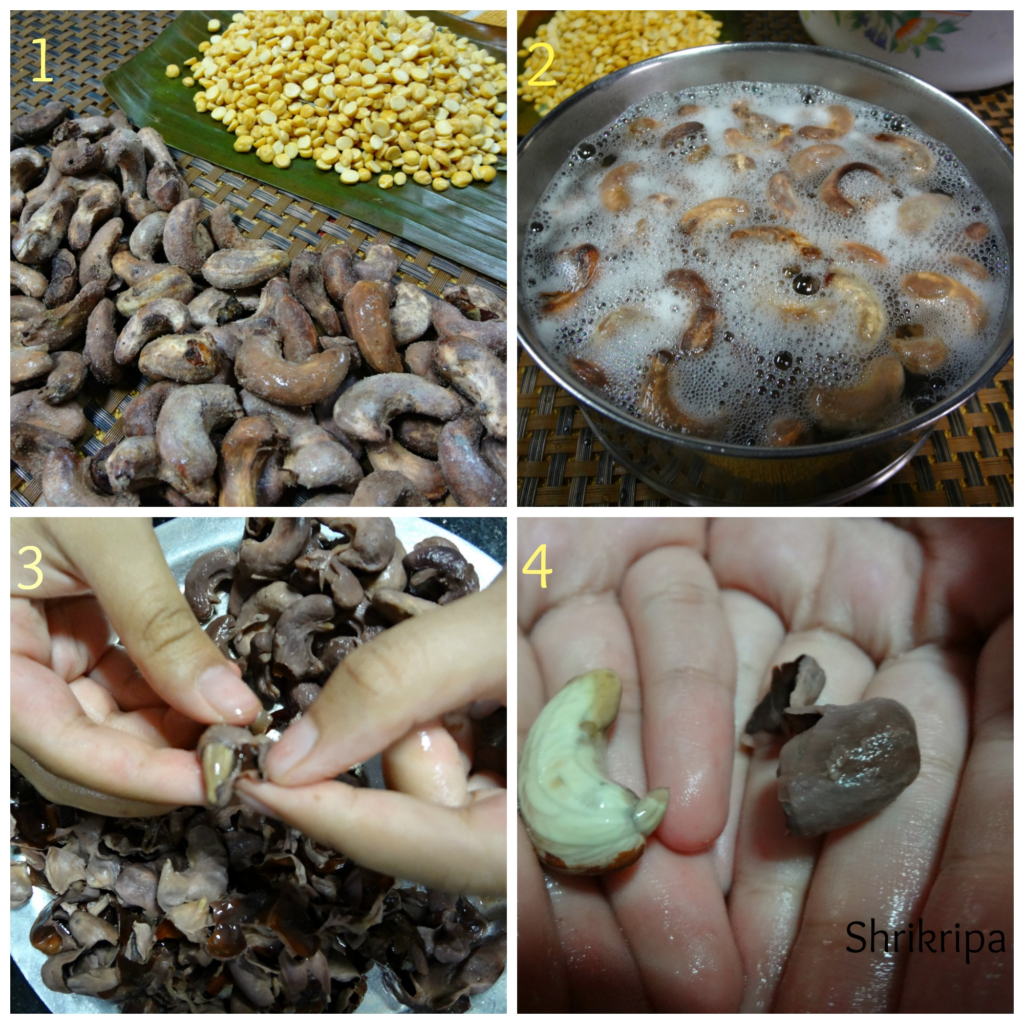
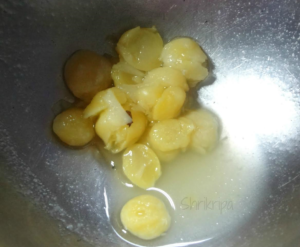
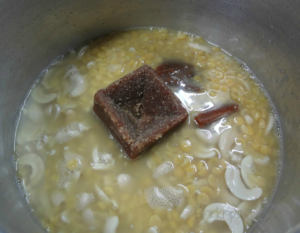
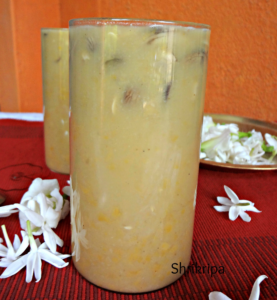


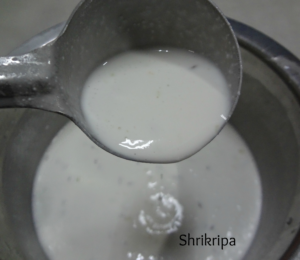
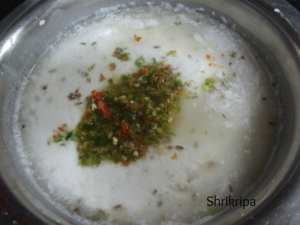
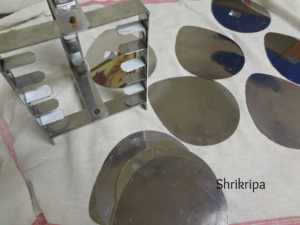
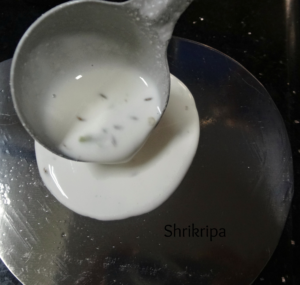


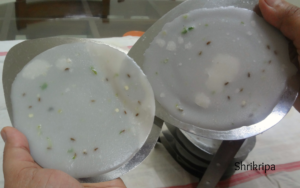



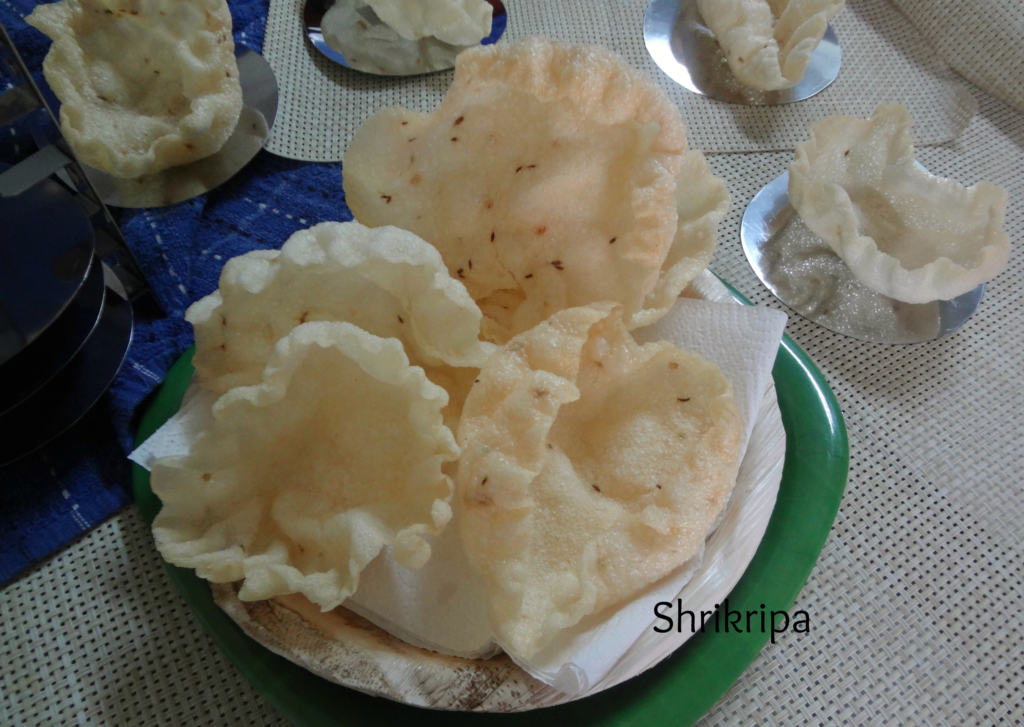

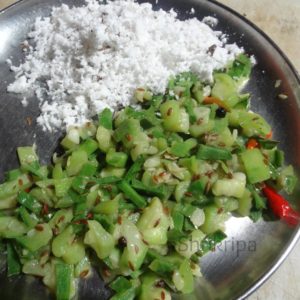

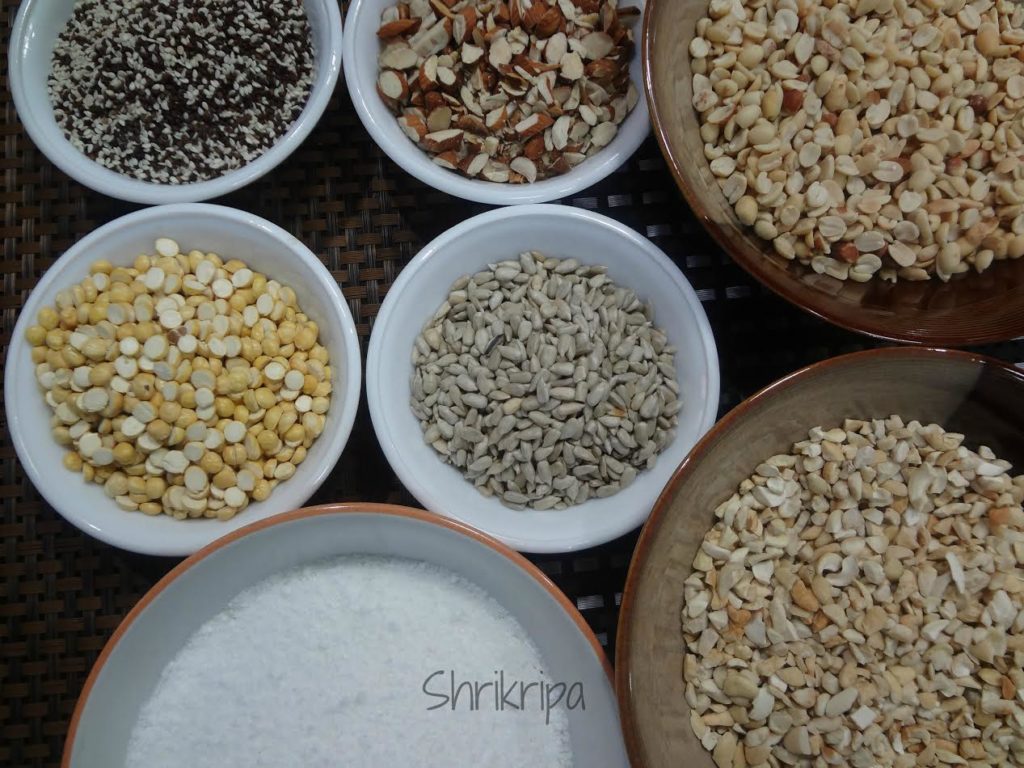

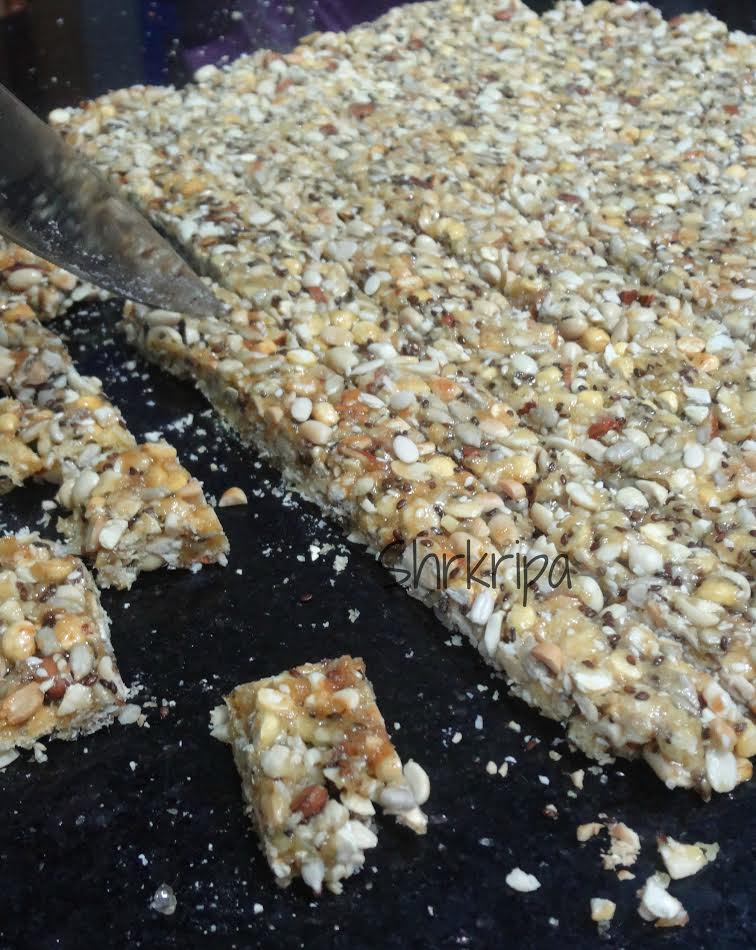
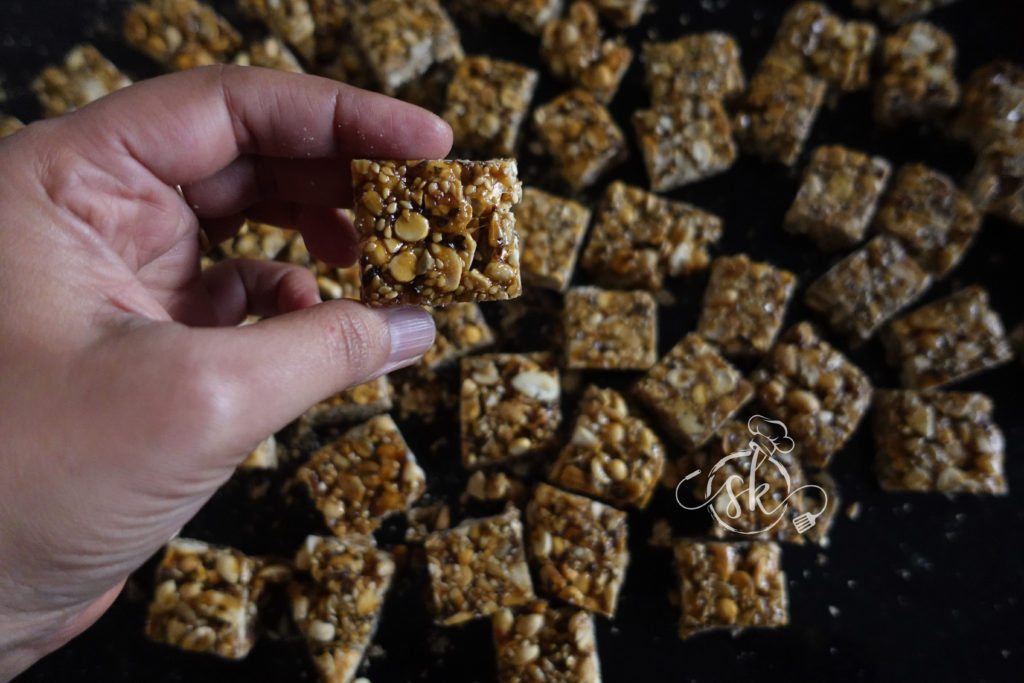


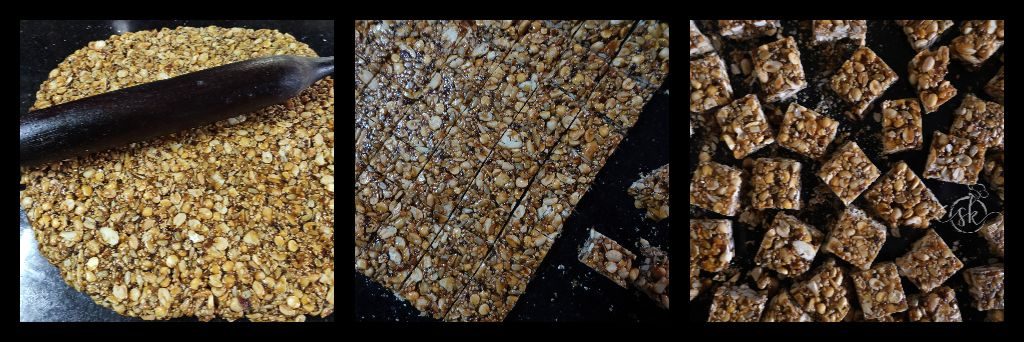

 -Powder masala ingredients in a small mixer jar. No need to roast this.
-Powder masala ingredients in a small mixer jar. No need to roast this.
